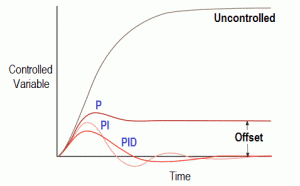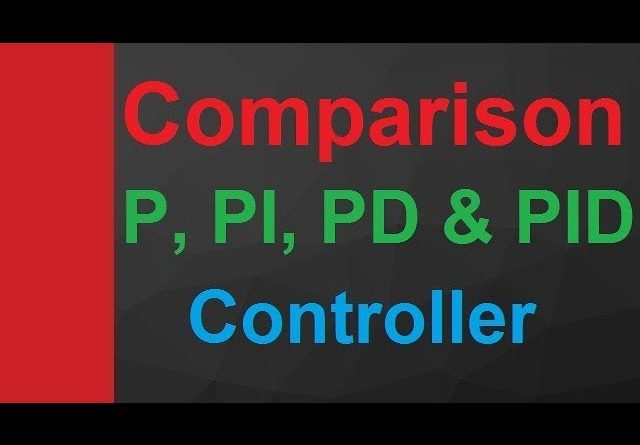To understand the difference between PID and PI-type temperature controllers, it’s necessary to wind it right back to the basics. In a nutshell, a temperature controller is any device that monitors and controls the temperature for a range of purposes – think of your oven or your air conditioner after you set it to the temperature you want as the perfect example. You can purchase a temperature controller from any reputable distributor i.e. RS Components. But the most basic type is known as “on-off”, which lays out the two basic components of every temperature controller: the input being a sensor that monitors the temperature as it goes up or down, and the output is a heating or cooling device that is either triggered into its “on” or its “off” state depending on the desired temperature – the “setpoint” – that is set by the user.
Contents
The difference between “on-off” and “P” type
But in most real-world cases, the temperature controller actually features the more complex “proportional” type: let’s call it the “P” type here. In an application where the temperature is up and down around the set-point, the crude “on-off” type will result in what is called “chatter” as the device constantly cycles between its on and off states. With a “P” controller in its place, the heater or cooler won’t simply charge towards the setpoint at 100%, or switch of completely as soon as the setpoint is reached, because it builds in a manipulated variable that is proportional to the deviation between the current and the desired temperature. It means the power will more gradually ramp up or down around the set-point, which is called “time proportioning” – resulting in the maintenance of a more stable temperature thanks to more complex onboard calculations.

The difference between the “P” type and “PI” type
The problem with the “P” type, however, is that while it results in fast response times and smoother operations than the on-off device, the stabilization of the temperature won’t quite hit the desired setpoint completely – which is known as the “offset”. That’s because it does its proportioning by using only a cycle time. If it’s set to 8 seconds, 50% power would result in the output is on for 4 seconds and off for 4 seconds – with the 4 seconds considered the “process value”. However, in “P” control alone, there will always be an “offset” because the algorithm is written to hone in on the setpoint but never actually reach it and stay there.
This problem is fixed by adding an “I” to that “P” – the PI-type controller. The “I” stands for “integral”, which is the part of the process that integrates the “offset” with the desired setpoint. It does this by considering not only the deviation over a set period but by also factoring in both the size and the duration of the deviation over time. This allows the “process value” to ultimately match the setpoint for the maintenance of a stable temperature.
The difference between “PI” and “PID” type
But to really fine-tune the fast, smooth, and stable operations of a temperature controller, let’s now add a “D” to the ever more sophisticated process – and what we then get is a PID controller. The “D” stands for derivative, and it’s the element of the action that results in the ability to automatically anticipate what to do to keep temperatures at that setpoint stable by analyzing what can be wildly changing conditions. Think of that “D” as a way to minimize the effect of a large deviation in temperature by reacting more seriously with a big change, and more cautiously with a minor change. So when an “error” is detected in the gap between the setpoint and the temperature, the PID controller calculates the “derivative” of that error by factoring in the time it took to change. The result is that a PID controller is the best equipped to react quickly to whatever temperature disturbance has occurred in the application.
P, PI, or PID? Get your choice of temperature controller right
The ultimate question, of course, is how to select the right temperature controller for your specific industry and application. Determining this depends almost entirely on how the temperature controller will be asked to function: what input sensor will be in use? What temperature range are we talking about? Which output type is a feature of the system, and will the controller be warming, cooling, constraining, or used for alerts? Getting your temperature controller choice right will not only best perfect your operations, but save you valuable time and money as well – so always talk to an expert.








